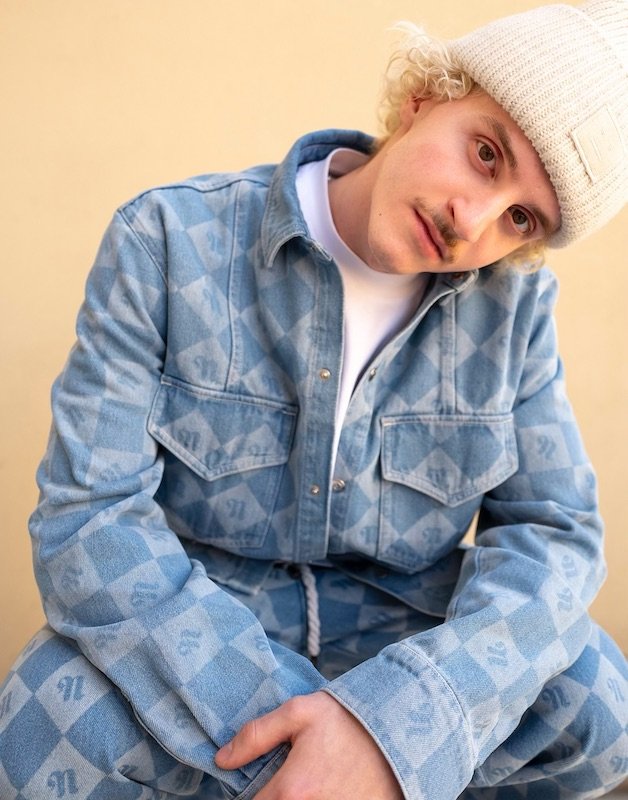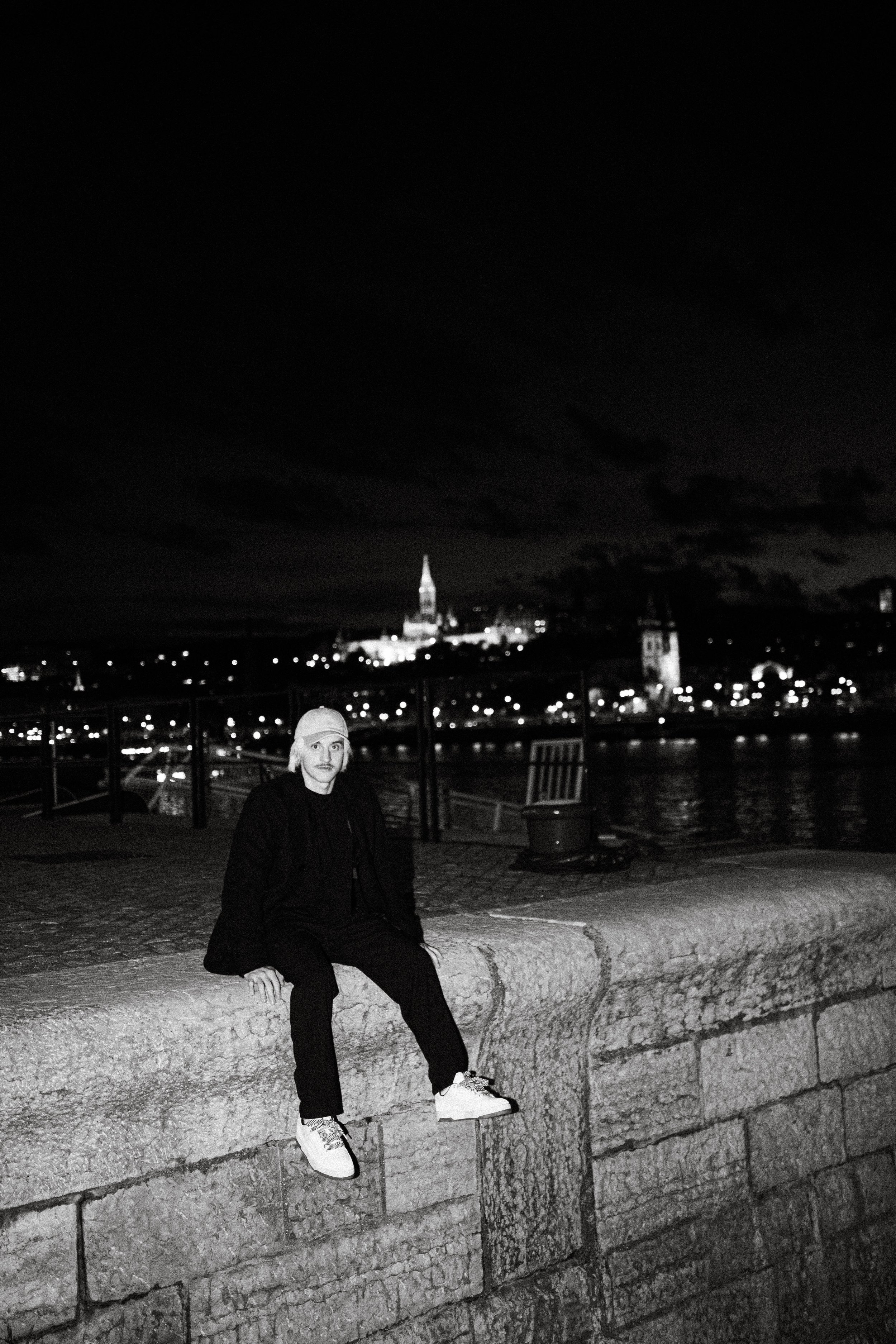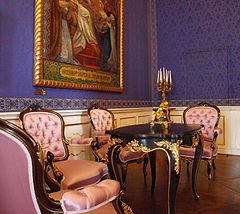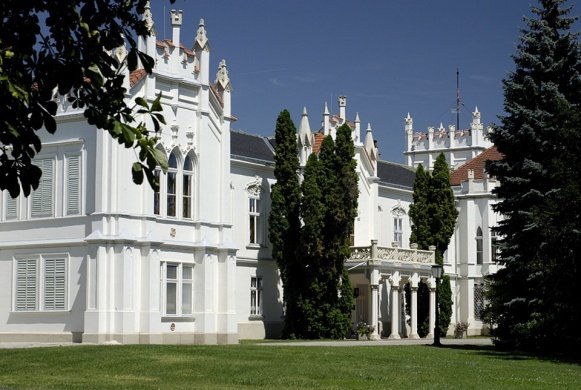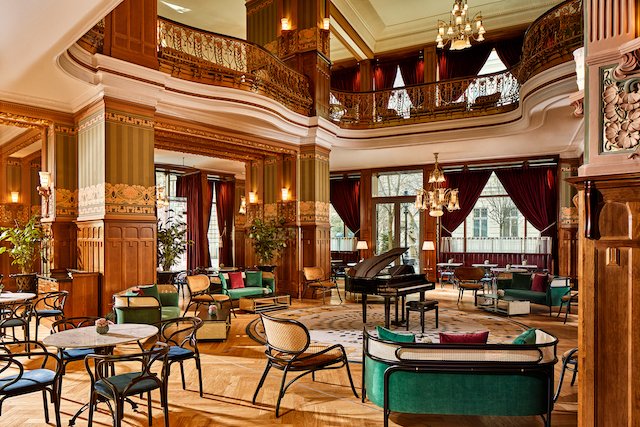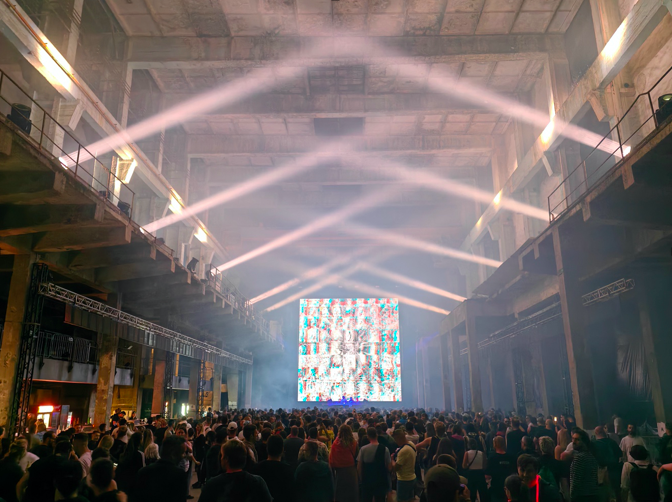The Man Behind the Art of Optical Illusion: Victor Vasarely
zita kisgergely
We’re taking a look at the Hungarian-French man widely considered to be the granddaddy of the op-art movement, Victor Vasarely.
Born Győző Csiszár in 1906 in the southern university town of Pécs, Victor Vasarely was at one point a medical student then graphic artist who worked for advertising agencies Havas, Draeger, and Devambez after moving to Paris in 1930.
Vasarely was intrigued with perspective and the interplay between shadow and light. Among his early work from this period is the intriguingly named Girl-Power (created in 1934, well before the Spice Girls movement) and Zebra (1937), considered one of the earliest examples of Op art.
Kezdi Domb, 1968 - 1975
During the early 1940s he dabbled in cubism, expressionism and surrealistic painting, but felt that he was on the wrong track. It wasn’t until the late 40s that Vasarely finally came into his own by developing his signature geometric abstract style or optical art.
Usually spending his summers in Gordes in Provence-Alpes-Côte d’Azur, Vasarely was inspired by the cubic houses there. He became interested in visual kinetics and building a stereoscopic viewpoint; i.e., using techniques to add the illusion of depth or a 3D effect to a flat image. In his Yellow Manifest, Vasarely considered the viewer the sole creator of optical art because it relied on their perception to bring it to life.
Zebra, 1937
Vasarely’s work is a celebration of the incrongruous match between math and art. And like many odd couples, the result is pure magic; a symbiotic relationship between creative vision, form and mathematical precision. The fusion of geometry and colour creates illusions of movement and truly impactful art that draws the viewer in with cinematic power.
If you’re interested in losing yourself in this visually mind-bending genre (without the complication of mind-altering drugs) we recommend paying a visit to one of two Vasarely museums located in Budapest and Pécs.
Flatpack Films has years of experience servicing international brands, agencies, and production companies. Filming in Hungary is easy when relying on their knowledge of the market and ability to solve complex needs. They bring the best that Hungary has to offer in terms of unique locations, exceptionally skilled crews, top-of-the-line equipment and technical solutions. Backed by an impeccable track record, Flatpack Films has worked with world-class clients including Samsung, Samsonite, Toyota, Braun, Chivas Regal and many more.
Get in touch and learn more about Budapest film locations, Hungarian film incentives, film tax credits in Hungary and how Flatpack Films can bring your project to life through a highly bespoke approach.
Sources & further information:
https://de.wikipedia.org/wiki/Victor_Vasarely








